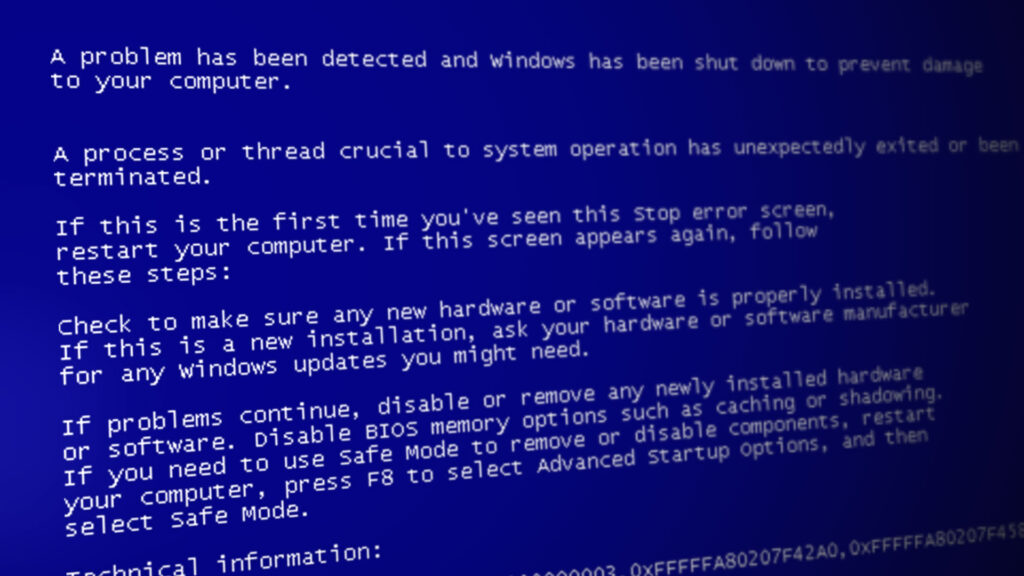[Solved] halmacpi.dll, ntkrnlpa.exe, tcp.sys BSOD Error Windows 7
If you have ever encountered with the blue screen error, then you might be aware of the fact how frustrating experience it is. Commonly it is known as (BSOD), the error occurs because of hardware or driver related glitches that can create a serious impact on Windows.
To fix the blue screen error on Windows 7, you will need to check common causes of BSOD like Ram and drivers. To resolve the issue, you can reinstall the faulty driver, clean-up your hard disk, run virus and registry scans, and perform other fixes. You can adopt one of the below-mentioned methods to get rid of blue screen error.

Method 1: Use Driver Verifier to find faulty driver(s) and fix them
- Enable Driver Verifier by clicking on Start orb, open cmd, and files box, right click on cmd and choose Run as administrator
- In Command Prompt type verifier /standard /all. Don’t forget to provide space between the verifier and /standard and /all.
- Reboot your system and keep it running until it got crashes.
- Make a listing of faulty drivers, then download and install the latest version of these all.
- Just after installing new drivers boot your computer into Safe Mode. Turned off your computer, press the power button on and immediately tap the F8 key. You will receive Advanced Boot Options.
- Navigate to Safe Mode in Advanced Boot Options, and press Enter. This will boot your computer into the Elevated Command Prompt.
- Disable the Driver Verifier, by typing verifier /reset in Command Prompt.
- Type Exit in Command Prompt, and then reinstate your device, and you will not get Blue Screen Error on your computer.
Method 2: Run Malware, Virus and Registry Scan
Perform malware, virus and registry scan, while keeping your computer in safe mode. This is the preferable time to run these apps as any viruses that try to disable them normally get disabled itself in this mode. Another useful scan that needs to address is odd Registry entries. A highly recommendable open source app that people use to check the registry for any known problems is the Little Registry Cleaner; you can use this app to address your problem in the best possible manner.
Method 3: Opt for system restoring
If both of the methods as mentioned above don’t work for you, then it’s better to opt for restoring your system. Open the CP (Control Panel) and then go to Security and system, check for Backup and Restore, and select “Recover System Settings for your Computer“.
Follow the instructions, after choosing a valid restore point from the list. Ensure you are restoring a system to a date where your computer was running fine. Finally, if it doesn’t work for you, then you need to look at your hard disk to resolve the issue.
A computer that is working perfectly can lead to blue screen error just because one faulty piece of hardware or software installed in it. If your computer reflects blue screen error once in a while, then nothing is serious. However, if you are getting it frequently, then you should try one of the any of the mentioned methods to resolve your issue as soon as possible.